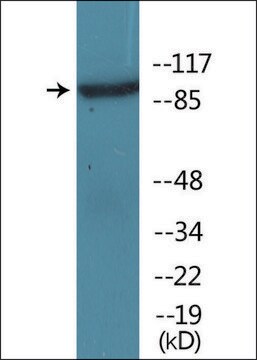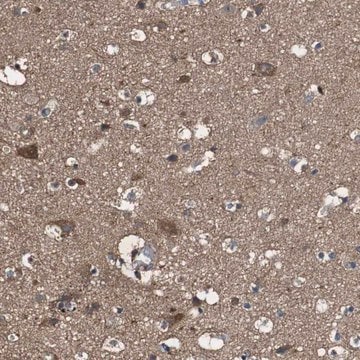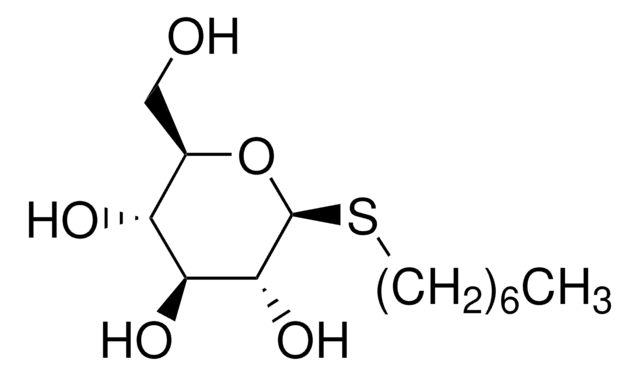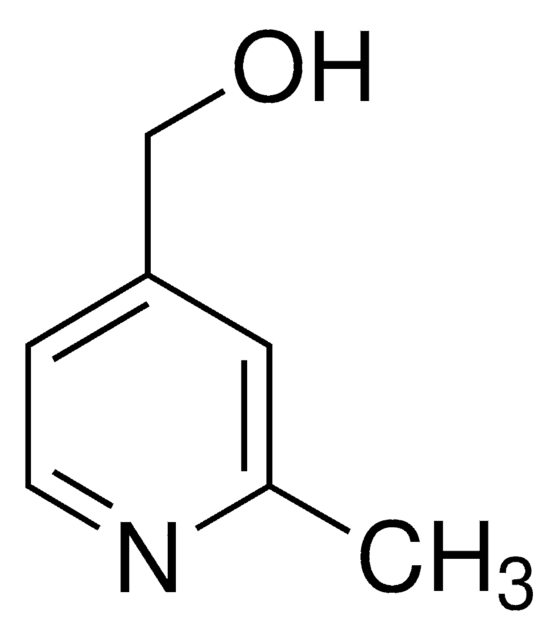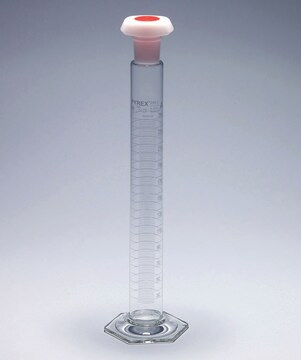Description générale
Receptor-type tyrosine-protein phosphatase S (UniProt: Q13332; EC: 3.1.3.48, R-PTP-S, Receptor-type tyrosine-protein phosphatase sigma, R-PTP-sigma) is encoded by the PTPRS gene (Gene ID: 5802) in human. R-PTP-S is a single-pass type I membrane protein that belongs to the protein-tyrosine phosphatase family. Seven isoforms of R-PTP-S have been described that are produced by alternative splicing. R-PTP-S is detected in all tissues except plasma and liver. It is also detected in peripheral blood plasmacytoid dendritic cells. It is synthesized with a signal peptide (aa 1-29), which is subsequently cleaved off. The mature protein has an extracellular domain (aa 30-1282), a transmembrane domain (aa 1283-1303), and a cytoplasmic domain (aa 1304-1948). A cleavage is reported to occur between amino acids 1197-1198, which separates the extracellular domain from the transmembrane segment by a process known as ectodomain shedding. This process is involved in receptor desensitization, signal transduction and/or membrane localization. R-PTP-S serves as a cell surface receptor that binds to glycosaminoglycans, including chondroitin sulfate proteoglycans and heparan sulfate proteoglycan. Binding to chondroitin sulfate and heparan sulfate proteoglycans has opposite effects on R-PTP-S oligomerization and regulation of neurite outgrowth. It contributes to the inhibition of neurite and axonal outgrowth by chondroitin sulfate proteoglycans and plays a role in stimulating neurite outgrowth in response to the heparan sulfate proteoglycan GPC2. R-PTP-S is shown to be essential for normal brain development, especially for development of the pituitary gland and the olfactory bulb. It is reported to be rapidly internalized when dendritic cells are stimulated with the TLR9 ligand cytidine-phosphate-guanosine (CpG).
Spécificité
Clone 9H3.1 detects Receptor-type tyrosine-protein phosphatase S (R-PTP-S) in human cells. It targets an epitope within 96 amino acids from the internal region.
Immunogène
GST/His-tagged recombinant fragment corresponding to 96 amino acids from the internal region of human Receptor-type tyrosine-protein phosphatase S (R-PTP-S). The immunogen sequence is conserved in all isoforms.
Application
Anti-PTPRS, Clone 9H3.1, Cat. No. MABS1824, is a mouse monoclonal antibody that detects Receptor-type tyrosine-protein phosphatase S and had been tested for use in Immunohistochemistry (Paraffin) and Western Blotting.
Immunohistochemistry Analysis: A 1:1,000-2,000 dilution from a representative lot detected PTPRS in human tonsil, human lung, and human cervical cancer tissue sections.
Research Category
Signaling
Qualité
Evaluated by Western Blotting in SH-SY5Y cell lysate.
Western Blotting Analysis: 0.5 µg/mL of this antibody detected PTPRS in 10 µg of SH-SY5Y cell lysate.
Description de la cible
~220 kDa observed; 217.04 kDa calculated. Uncharacterized bands may be observed in some lysate(s).
Forme physique
Format: Purified
Protein G purified
Purified mouse monoclonal antibody IgG2a in buffer containing 0.1 M Tris-Glycine (pH 7.4), 150 mM NaCl with 0.05% sodium azide.
Stockage et stabilité
Stable for 1 year at 2-8°C from date of receipt.
Autres remarques
Concentration: Please refer to lot specific datasheet.
Clause de non-responsabilité
Unless otherwise stated in our catalog or other company documentation accompanying the product(s), our products are intended for research use only and are not to be used for any other purpose, which includes but is not limited to, unauthorized commercial uses, in vitro diagnostic uses, ex vivo or in vivo therapeutic uses or any type of consumption or application to humans or animals.
